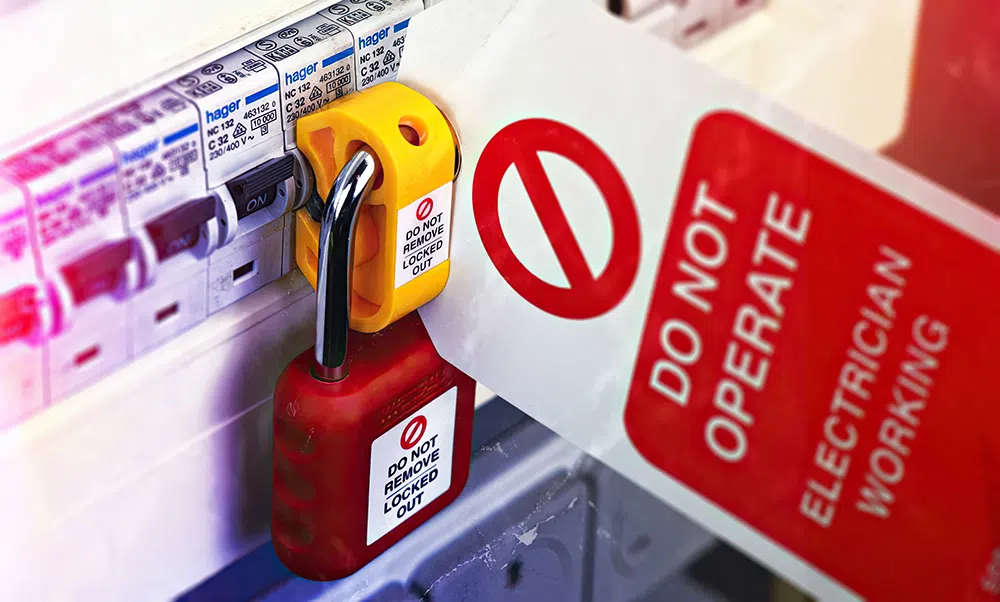 JEROME ANDRE
.
May 09, 2023
.
Electric Vehicle Features
JEROME ANDRE
.
May 09, 2023
.
Electric Vehicle Features

Buckle up! We’ve got another round of EV lingo that you’ll be encountering sooner than you think! Whether you’re pondering a retrofit or giving your OEM electric ride a makeover, these terms and acronyms are equally essential. But don’t fret. We’re making this as simple as possible. Working on EVs isn’t necessarily more complicated than ICEs, it just requires a little extra protection.
This tool-free disconnect, fused to the high-voltage battery pack, shields technicians and emergency response teams working with electric vehicles. By directly linking to the high-voltage battery, it separates the pack from the rest of the EV and guards high-voltage cables from short-circuiting during disconnection.
The number of charge-discharge cycles a battery cell can endure before its performance deteriorates.
An electric vehicle charging method that transforms direct current from a high-voltage battery into alternating current for powering AC devices or homes, and in some instances, feeding AC energy back into the power grid.
A machine that transforms energy from one form to another, like converting pressure, temperature, or physical position into an electrical signal in the case of a brake pressure transducer in most electric vehicles.
A method of cooling components, such as the battery or other parts in an electric vehicle, that utilizes natural conduction, convection, and radiation.
A heat management technique that employs external devices to boost heat transfer, which can include fan cooling or, in most electric vehicle systems, forced liquid cooling.
A metal bar or strip that serves as a grounding and electrical conduit for distributing high-current power in close proximity, including between battery modules.
A counter electromotive force that increases in an electric motor the faster it rotates. This reduces the working voltage of the vehicle, which reduces the amount of power reaching the wheels. Working voltage is typically the result of the supply voltage minus back electromotive force.
A Controller Area Network (CAN) bus is a vehicular communication network that enables seamless communication between multiple microcontrollers and devices, all without needing a central authority like a host computer or controller.
A software bundle with preconfigured parameters that streamlines the process of setting up electric vehicle components.
A phenomenon occurring when an electrical current travels through air between two conductors, causing the current to deviate from its intended path and jump from one conductor to another. An arc is a type of short circuit that is accompanied by a visible light and heat display.
A safety aspect in electric vehicles that safeguards people during various stages, including assembly, repair, maintenance, and operation. It employs a low-voltage circuit to scrutinize the high-voltage circuit’s integrity. If the low-voltage signal is disrupted due to a flawed or loose high-voltage connection, a fault code pops up to alert the operator.
A safety protocol that guarantees hazardous equipment is turned off securely and cannot be restarted before maintenance or repair work is finished
An electrical divide between two circuits established by an infinite or exceptionally high insulation resistance, creating a lack of electrical connection between the two. This isolation is crucial in preventing hazardous ground loops, which can cause noise and endanger the vehicle’s safety when the grounds of two separate circuits have varying electrical potentials. A loss of isolation occurs when two distinct circuits with differing voltages connect.
We use cookies to enhance your browsing experience, serve personalized ads or content, and analyze our traffic. By clicking "Accept All", you consent to our use of cookies. Visit our Cookie Policy for more info.
Notifications
Share Link